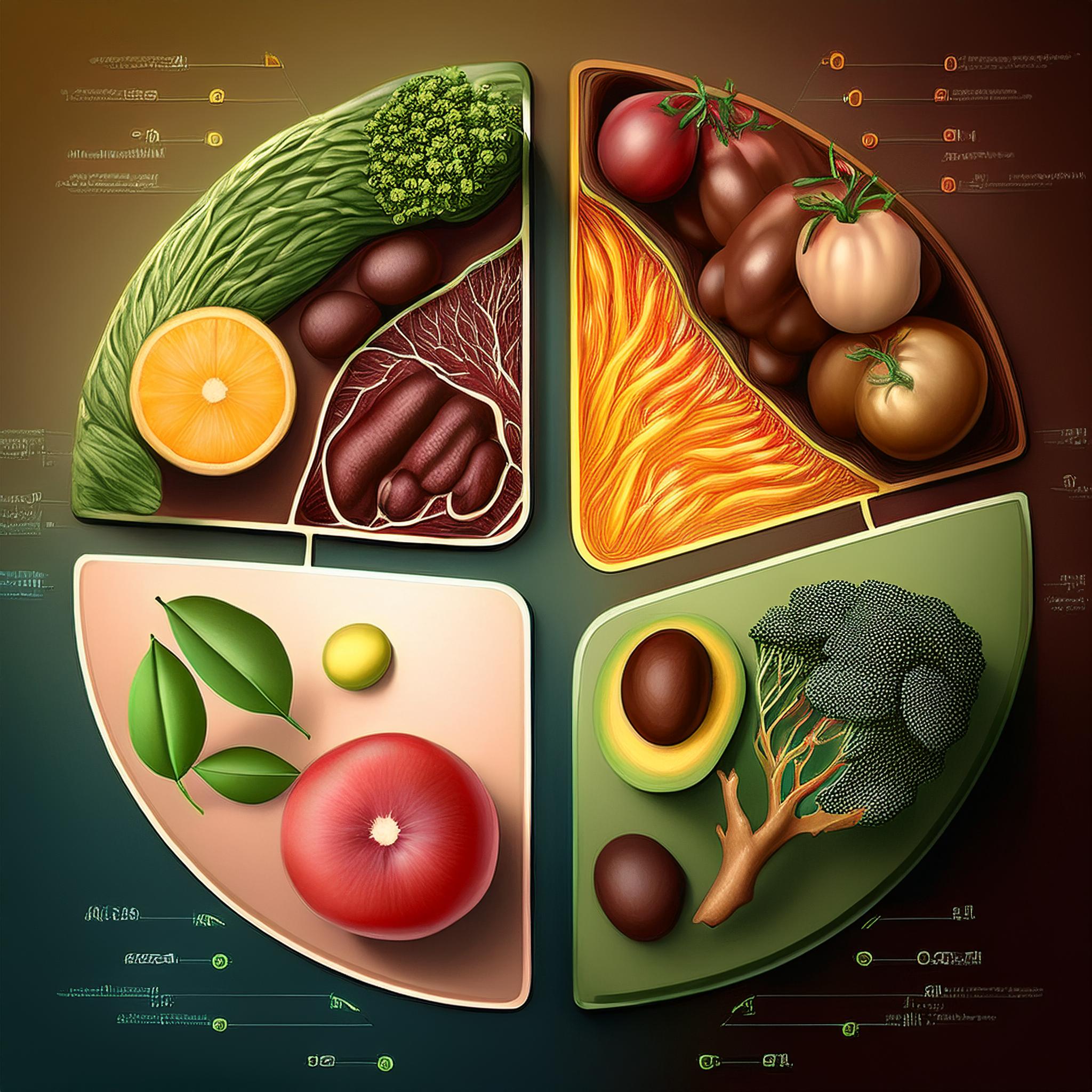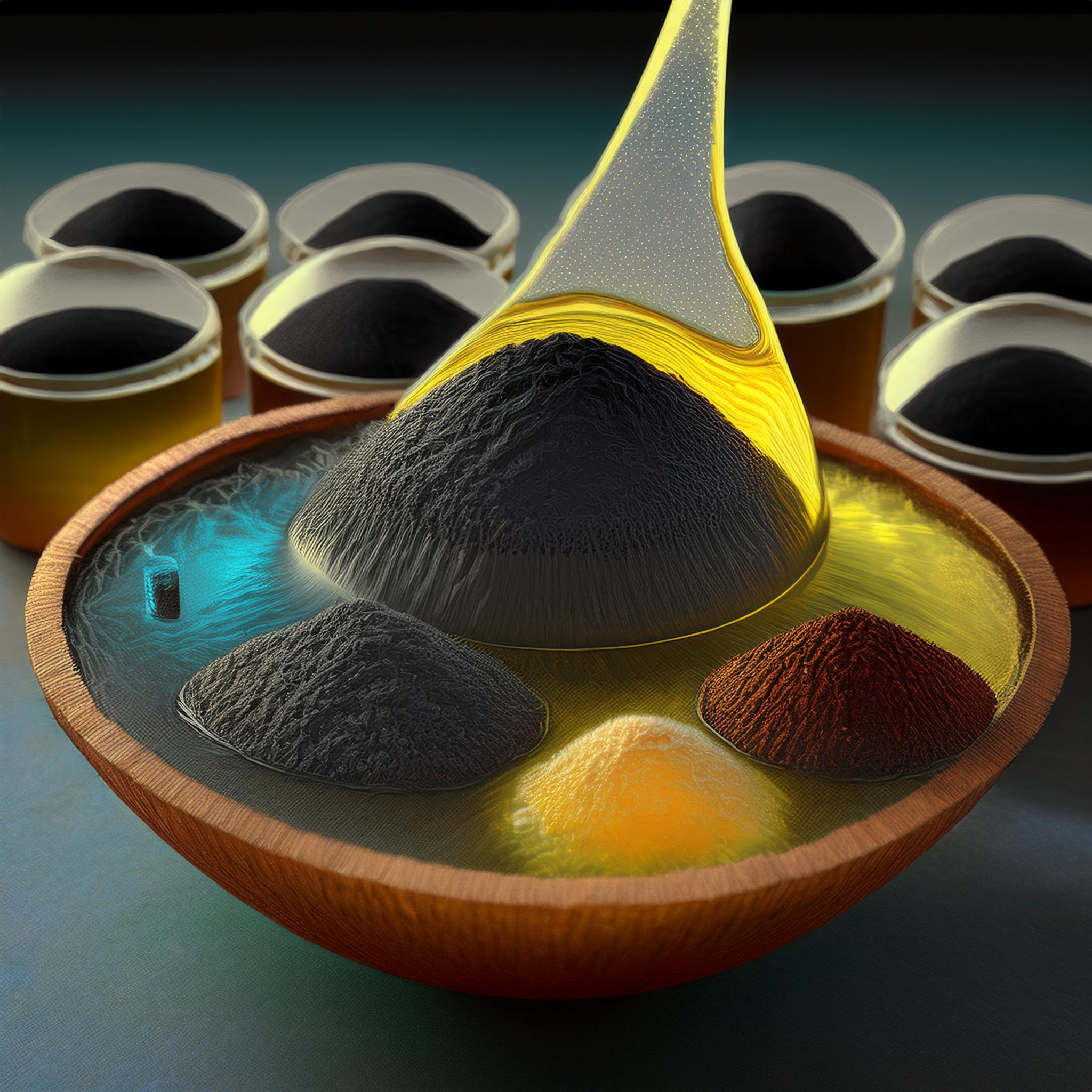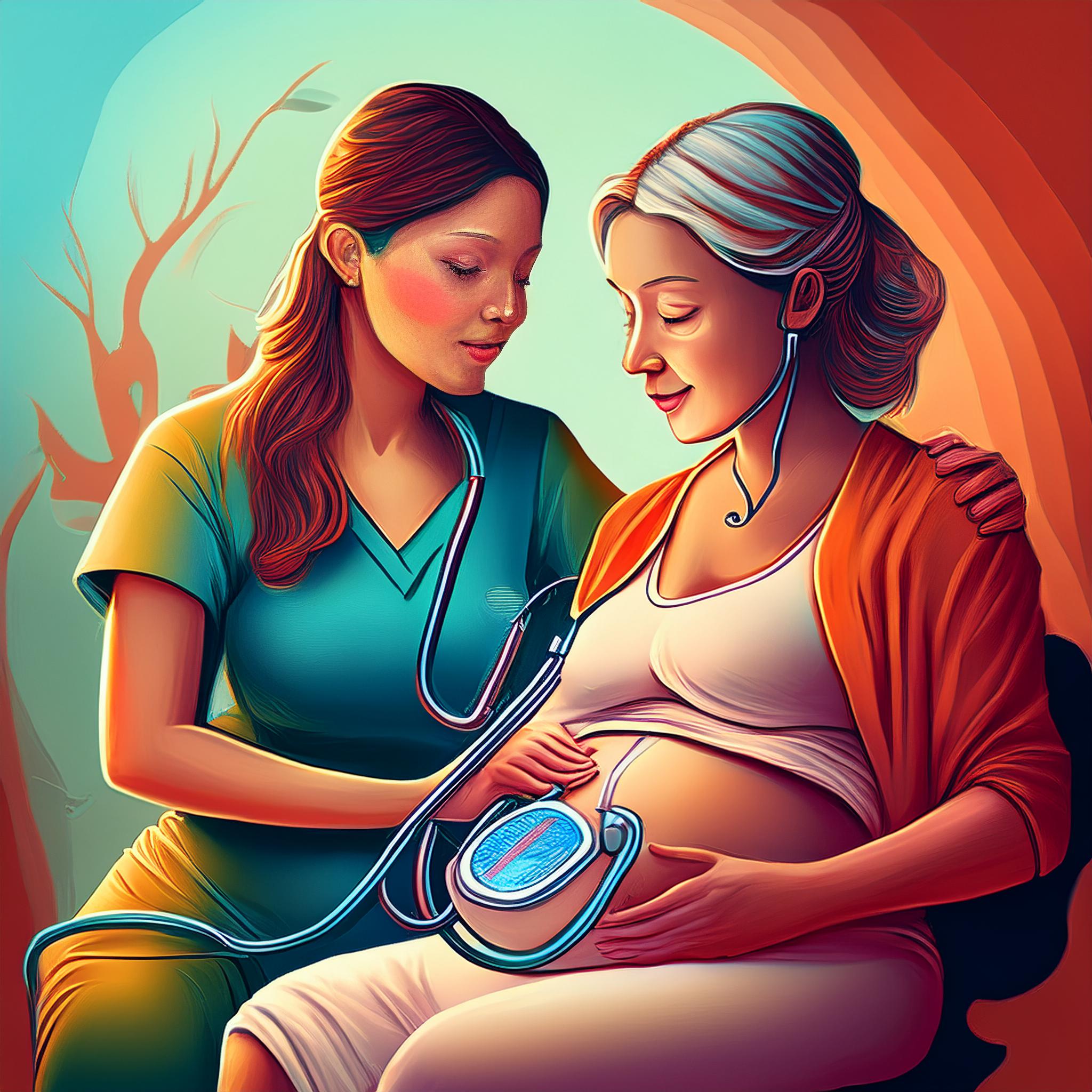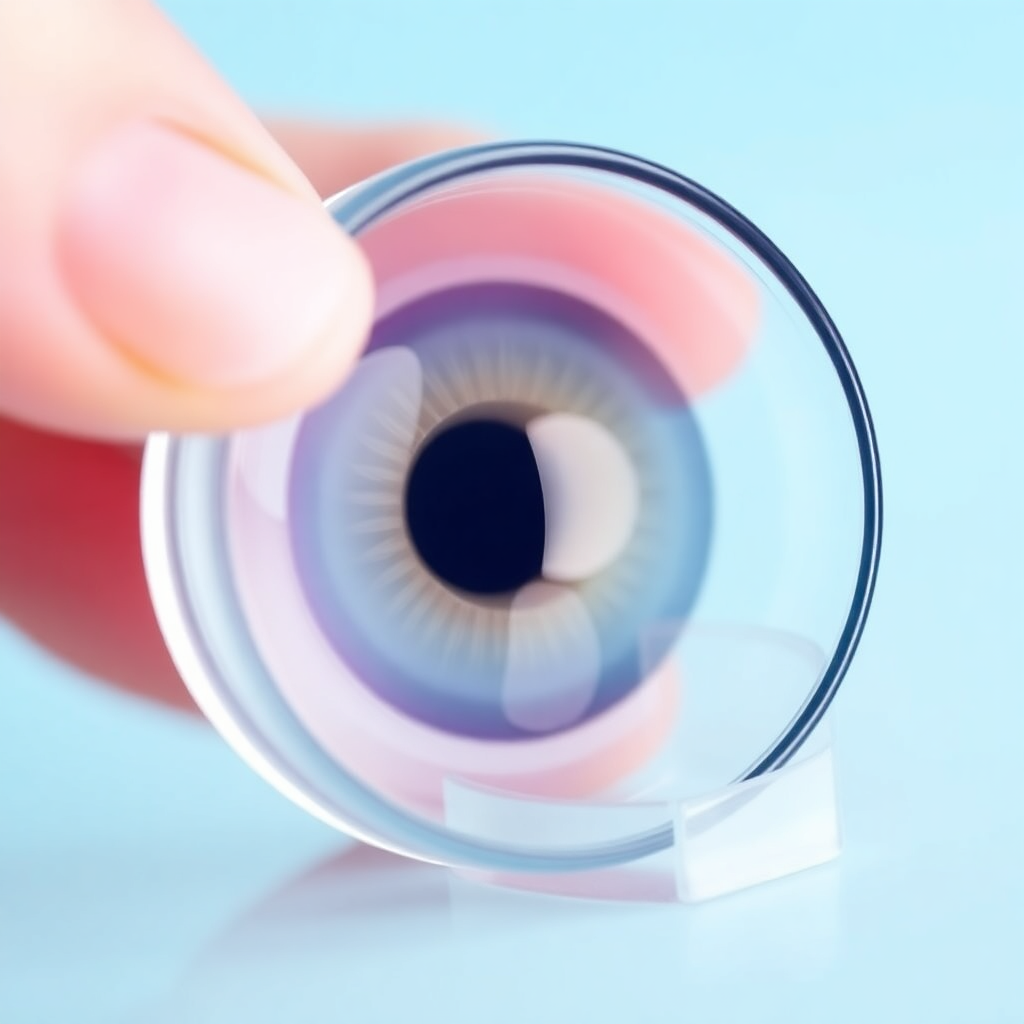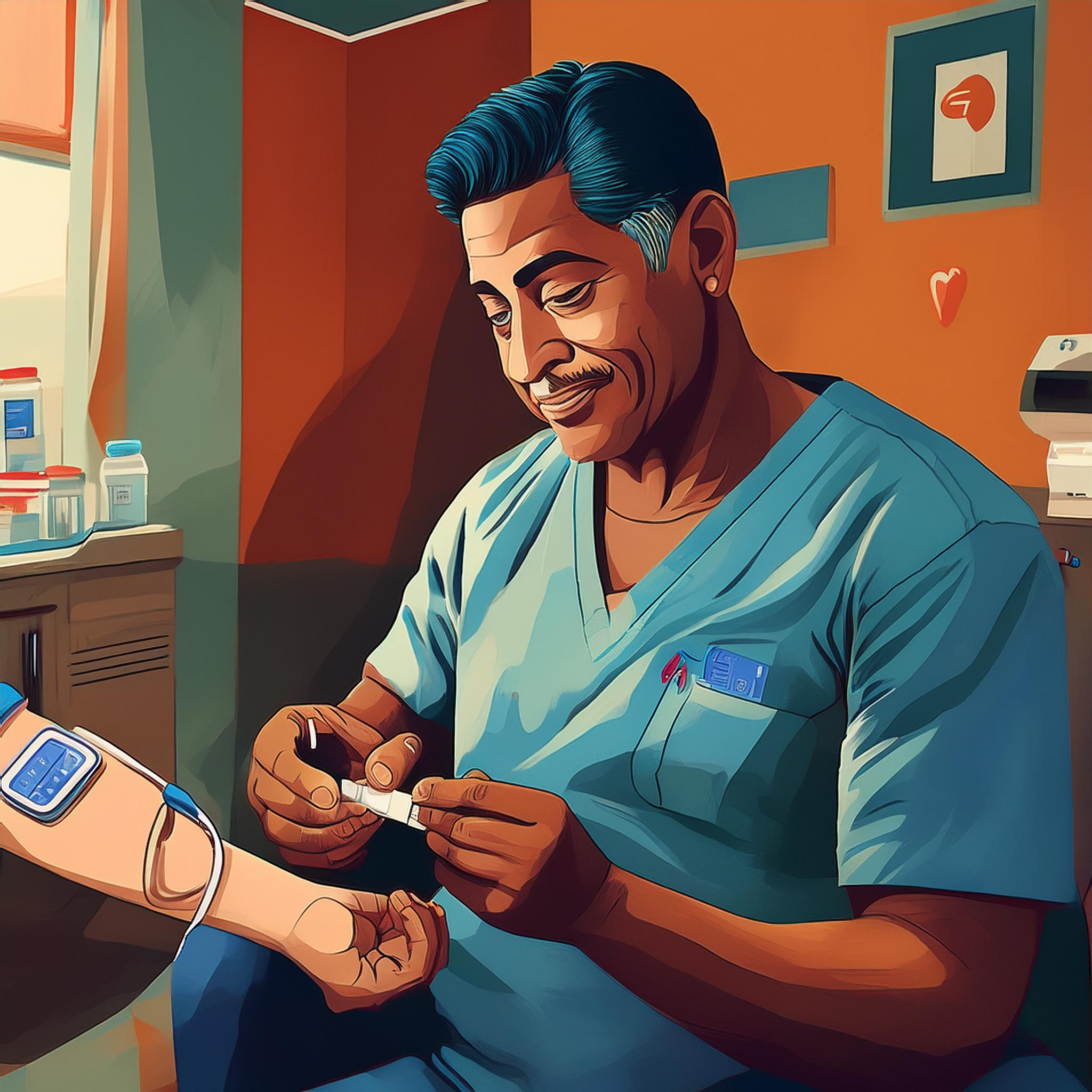Evaluating the Usability of the AKUDia Mobile App for Blood Sugar Monitoring: A Feasibility Study
Downloads
A variety of ultra-invasive portable blood sugar test kits have been available on the market; these kits require drawing blood from capillaries, which can still be painful and uncomfortable and even enhance the risk of infection. To develop a non-invasive blood sugar meter that is painless and comfortable to use, innovation is required. AKUDia, a mobile application for monitoring blood sugar, was developed as a smart wearable device to help older adults with diabetes stay healthy. This study aimed to measure the usability of the AKUDia application using a usage questionnaire. In terms of a feasibility study, this was quantitative. USE Questionnaire contains a list of questions encompassing 30 questions divided into four dimensions: Usefulness, Ease to use, Ease of learning, and Satisfaction. 50 respondents were recruited for this study, meeting the inclusion criteria of DM patients who had completed a week-long training program on using the AKUDia application. Samples were selected by simple random sampling, and descriptive and univariate data analyses were performed. The AKUDia feasibility test results demonstrated a usability value of 83%, which was classified as very feasible; an ease of use value of 74 percent, which was classified as feasible; an ease of learning value of 83%, which was classified as very feasible; and a satisfaction aspect of 71% at the feasible level. The average usability value of the four categories (usability, ease of use, ease of learning, and satisfaction), which was obtained at 78 percent, indicates that the AKUDia application's usability is at a practicable level. The usability of the AKUDia application is feasible. Governments should support the use and implementation of this innovation in addition to healthcare professionals like doctors and nurses. Information technology systems have the potential to serve as an instrument for illness prevention, treatment, and rehabilitation in addition to promoting health. Future studies should be enhanced to investigate, through experimental research, how the AKUDia application supports nursing care and health management for individuals with diabetes mellitus and the general population.
Abidin, M. S., Rajak, A., Salam, R. A., Munir, M. M., & Khairurrijal. (2015). Measurement of glucose in blood using a simple non invasive method. Materials Science Forum, 827, 105–109. https://doi.org/10.4028/www.scientific.net/MSF.827.105
Apple Inc. (2021). Apple Watch Series 7 - Technische Daten. Apple Inc.
Badan Penelitian dan Pengembangan Kesehatan Kemenkes Republik Indonesia. (2019). Laporan Provinsi Jawa Barat, Riskesdas 2018. Jakarta: Badan Penelitian dan Pengembangan Kesehatan Kemenkes Republik Indonesia
Badriah, S., Bahtiar, Y., & Andang, A. (2022). Near Infrared LEDs-Based Non-Invasive Blood Sugar Testing for Detecting Blood Sugar Levels on Diabetic Care. Journal of Biomimetics, Biomaterials and Biomedical Engineering, 55(71), 183–191. https://doi.org/10.4028/p-vthp40
Badriah, S., Sahar, J., Gunawijaya, J., & Prasetyo, S. (2019). Pampering older people with diabetes in Sundanese culture: A qualitative study. Enfermeria Clinica, 29 (Insc 2018), 733–738. https://doi.org/10.1016/j.enfcli.2019.04.111
Badriah, S., Sahar, J., Gunawijaya, J., Prasetyo, S., Mariani, D., & Kartilah, T. (2021). Sundanese culture-sensitive family nursing model improves behavior in controlling blood sugar in elderly patients with diabetes. Enfermeria Clinica, 31, S361–S365. https://doi.org/10.1016/j.enfcli.2020.09.027
Bruen, D., Delaney, C., Florea, L., & Diamond, D. (2017). Glucose sensing for diabetes monitoring: Recent developments. Sensors (Switzerland), 17(8), 1–21. https://doi.org/10.3390/s17081866
Fitbit. (2019). Advanced fitness + health tracker | Shop Fitbit Charge 5. Fitbit
Ariyanto, H., Nurapandi, A., Purwati, A. E., Kusumawaty, J., & Setiawan, H. (2021). Genetic counseling program for patient with hyperglycemic syndrome. Journal of Holistic Nursing Science, 8(2), 2–9. https://doi.org/10.31603/nursing.v8i2.4966
Jannah, S. N., Sobandi, A., & Suwatno, S. (2020). The Measurement of Usability Using USE Questionnaire on the Google Classroom Application as E-learning Media (A Case study: SMK Negeri 1 Bandung). Teknodika, 18(2), 94. https://doi.org/10.20961/teknodika.v18i2.42486
Kementerian Kesehatan Republik Indonesia. (2017). Materi evaluasi program Indonesia Sehat. Jakarta: Kementerian Kesehatan Republik Indonesia.
Lund, A. M. (2001). Measuring usability with the USE questionnaire. Usability Interface, 8(2), 3–6.
Mehra, V. M., Costanian, C., McCague, H., Riddell, M. C., & Tamim, H. (2023). The association between diabetes type, age of onset, and age at natural menopause: a retrospective cohort study using the Canadian Longitudinal Study on Aging. Menopause, 30(1), 37–44. https://doi.org/10.1097/GME.0000000000002085
Nurcahyani, L., Widiyastuti, D., Hasan, F., Cahyati, Y., & Badriah, S. (2022). Development of Decision-Making Tool for Family Planning Application: Feasibility Test According to Material Experts. Open Access Macedonian Journal of Medical Sciences, 10(E), 720–724. https://doi.org/10.3889/oamjms.2022.9315
Pannu, A. K., Saroch, A., Kumar, M., Behera, A., Nayyar, G. S., & Sharma, N. (2022). Quantification of chronic diseases presenting in the Emergency Department and their disposition outcomes: A hospital-based cross-sectional study in north India. Tropical Doctor, 52(2), 276–279. https://doi.org/10.1177/00494755211069450
Prawiroredjo, K., & Julian, E. S. (2019). Comparative study of 940 nm and 1450 nm near infrared sensor for glucose concentration monitoring. Telkomnika (Telecommunication Computing Electronics and Control), 17(2), 981–985. https://doi.org/10.12928/TELKOMNIKA.V17I2.10149
Samsung. (2019). Galaxy Watch4 Bluetooth (40mm) pink-gold. Samsung.
Setiawan, H., Lutfi, Y. D. S., Andarini, E., Kurniawan, R., Richard, S. D., & Ariyanto, H. (2021). The effect of genetic counseling on depression , anxiety, and knowledge level among diabetes mellitus patients. Journal of Nursing and Social Sciences Related to Health and Illness, 23(4), 330–337. https://doi.org/10.32725/kont.2021.035
Setiawan, H., Hidayat, N., Farihatun, A., Indriastuti, M., Kurniawan, R., Firmansyah, A., Andarini, E., & Sandi, Y. D. L. (2023). Usability of Mobile Application for Implementing Genetic Counselling Intervention among Thalassemia Patients and Caregivers: A Case Study of Cyber Gen. Elinvo (Electronics, Informatics, and Vocational Education), 8(1), 130–136. https://doi.org/10.21831/elinvo.v8i1.55688
Zhou, L., Bao, J., Setiawan, I. M. A., Saptono, A., & Parmanto, B. (2019). The mhealth app usability questionnaire (MAUQ): Development and validation study. JMIR MHealth and UHealth, 7(4), 1–15. https://doi.org/10.2196/11500
Copyright (c) 2024 JURNAL INFO KESEHATAN

This work is licensed under a Creative Commons Attribution-NonCommercial-ShareAlike 4.0 International License.
Copyright notice
Ownership of copyright
The copyright in this website and the material on this website (including without limitation the text, computer code, artwork, photographs, images, music, audio material, video material and audio-visual material on this website) is owned by JURNAL INFO KESEHATAN and its licensors.
Copyright license
JURNAL INFO KESEHATAN grants to you a worldwide non-exclusive royalty-free revocable license to:
- view this website and the material on this website on a computer or mobile device via a web browser;
- copy and store this website and the material on this website in your web browser cache memory; and
- print pages from this website for your use.
- All articles published by JURNAL INFO KESEHATAN are licensed under the Creative Commons Attribution 4.0 International License. This permits anyone to copy, redistribute, remix, transmit and adapt the work provided the original work and source is appropriately cited.
JURNAL INFO KESEHATAN does not grant you any other rights in relation to this website or the material on this website. In other words, all other rights are reserved.
For the avoidance of doubt, you must not adapt, edit, change, transform, publish, republish, distribute, redistribute, broadcast, rebroadcast or show or play in public this website or the material on this website (in any form or media) without appropriately and conspicuously citing the original work and source or JURNAL INFO KESEHATAN prior written permission.
Permissions
You may request permission to use the copyright materials on this website by writing to jurnalinfokesehatan@gmail.com.
Enforcement of copyright
JURNAL INFO KESEHATAN takes the protection of its copyright very seriously.
If JURNAL INFO KESEHATAN discovers that you have used its copyright materials in contravention of the license above, JURNAL INFO KESEHATAN may bring legal proceedings against you seeking monetary damages and an injunction to stop you using those materials. You could also be ordered to pay legal costs.
If you become aware of any use of JURNAL INFO KESEHATAN copyright materials that contravenes or may contravene the license above, please report this by email to jurnalinfokesehatan@gmail.com
Infringing material
If you become aware of any material on the website that you believe infringes your or any other person's copyright, please report this by email to jurnalinfokesehatan@gmail.com.




